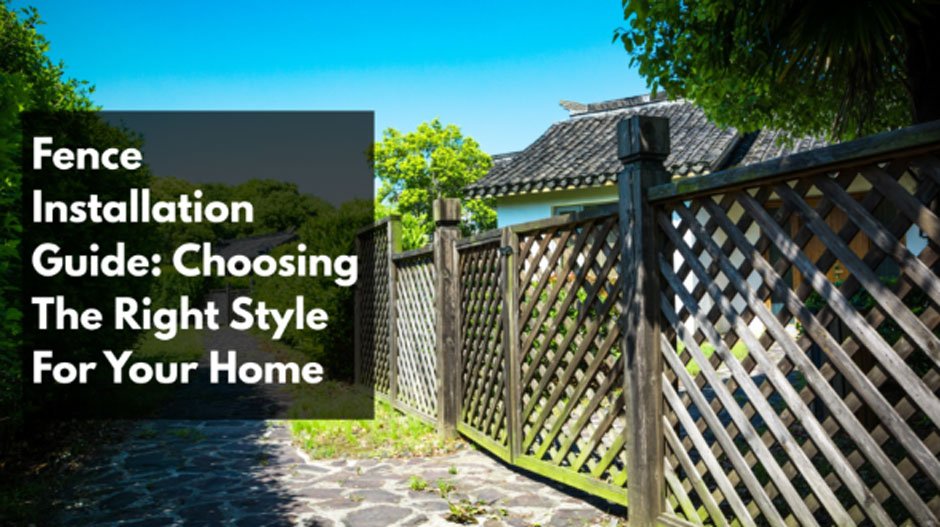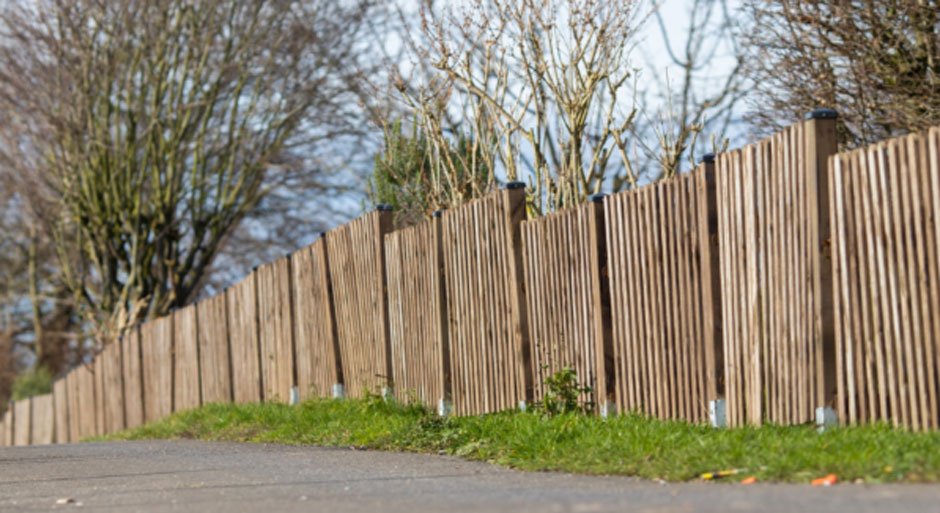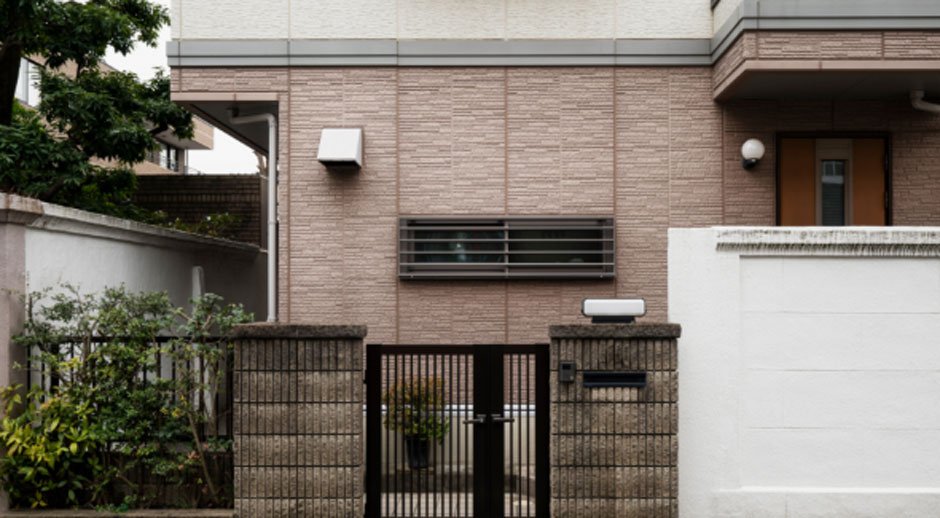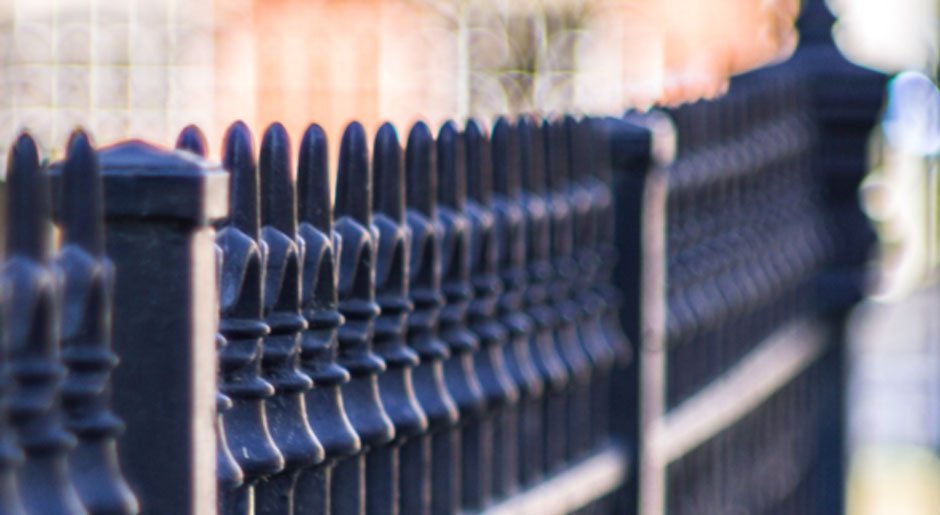
A fence is not only a boundary marker; it makes your property look the way you want it to be, gives your house security, and your family privacy. A well-maintained fence can also enhance curb appeal and increase property value, making it a functional and aesthetically pleasing investment.
Whether you want a comforting retreat in your backyard, need to keep your pets secure, or simply want to enhance the beauty of your landscape, the choice of fencing will make a lasting impact.
There are many different types of materials and designs used to make the fence, including classical wood and modern composite ones, and it can be a challenging task to choose the most suitable material.
However, knowing what you want and considering your options carefully, you will be able to choose a fence that not only marks the boundary but also complements the appearance of your house, does not exceed your budget, and can withstand the test of time.
To make it easier, this guide breaks down the fundamentals of selecting the right fence for your home into seven major considerations.
-
Define Your Goals and Explore Local Options
Determine what you want the fence to accomplish before analyzing materials and designs. Your goals define all decisions made in the selection and installation process.
For example, solid panels would be a suitable option when you are concerned about privacy and safety. When the focus is more on style, an ornamental fence might be elegant and enhance the curb appeal.
Conversely, when you are concerned with cost and functionality, a plain chain-link fence can be an effective way to keep pets or mark property boundaries. The next step is to pick the available installation options in your location with your goals in mind.
Many homeowners begin their search with fence company near me to find local professionals who are familiar with zoning laws, HOA regulations, and property laws. An experienced installer will ensure that your fence is not only functional but also fully compliant with local standards.
-
Understand the Material Choices

The type of material used influences the durability, maintenance, looks and cost. Each alternative has its own advantages and disadvantages:
- Wood: Vintage, personalizable and cozy to the look. It can be stained or painted to your liking, but it requires regular maintenance.
- Vinyl: Most popular due to its low maintenance and long life. Vinyl will not bend, rot, or require painting, and is available in a range of colors and patterns.
- Chain Link: Inexpensive, strong and useful. Although it does not offer much privacy, it is very effective in terms of security and provides ample space.
- Aluminum or Steel: Powerful, rust-free and stylish, these are commonly utilized as decorative front yards or pools.
- Composite: A blend of recycled plastics and wood fibers that has the appearance of wood and requires less maintenance while offering higher durability.
Selecting a suitable material involves striking a balance between your budget, vision of design, and the level of maintenance you are willing to take.
-
Balance Function with Aesthetics
The ideal fence strikes a balance between practicality and aesthetics. For instance, a 6-foot vinyl privacy fence can protect your backyard while also giving it a neat and contemporary look.
The fence made of wrought iron can be a non-obstructive yet classy addition to the scenery. Consider the appearance of your fence on the street, and what it will be like in your backyard. The fence you have should not look like an afterthought, but a continuation of your home and landscape.
-
Match Your Fence to Your Home’s Architecture

You should have a fence that complements the look of your property, rather than one that conflicts with it. In the case of traditional houses, white picket fences or plain wooden panels are effective and add a nice touch, creating a vintage look.
Horizontal slats in wood, composite, or metal are usually the most compatible detail in a modern house, which gives the structure a clean, modern appearance. Rustic wooden fences, such as split-rail, are commonly used in farmhouses and countryside properties, fitting perfectly with the surrounding landscape.
Mediterranean or classic-style homes are well-suited to ornamental wrought iron or stucco fences, which contribute to their sophistication. By selecting a design that matches your home’s architecture, you will achieve a unified and attractive look for your house, and also increase its curb appeal.
-
Consider Privacy, Security, and Regulations
Privacy is one of the most common reasons why a fence is installed. Solid panel or vinyl fences offer the most effective coverage, but a higher design can also keep away trespassers, noise, and safely contain children and pets.
They can create a private, cozy outdoor area where your family can play in the yard without any interruptions. Nevertheless, before initiating any project, it is essential to review the local zoning codes and HOA guidelines.
Various cities conditionally limit the height of fences, their location, and the type of material used, particularly in the front yard. With the assistance of professional installers, it is possible to overcome these regulations, receive expert advice on the choice of design, and ensure your fence looks aesthetically pleasing and complies with local regulations.
-
Factor in Budget and Maintenance

Fencing is an investment, and its actual cost encompasses both the initial expense and the ongoing maintenance costs. Wood may not be expensive at first, but it requires constant maintenance, including staining, sealant, and regular upkeep.
Vinyl, aluminum and composite fences tend to be more costly to install, yet due to their durability and low maintenance, these materials will save time and money over time and prove economical in the long term.
Some of the factors to consider when establishing your budget are the cost of installation, which includes labor, permits, and site preparation, as well as the duration of maintenance throughout the fence’s lifespan and the long-term durability of the material used.
The balance between cost and quality ensures that you get a fence that fits your budget without compromising its performance or appearance.
-
Work With Professionals and Add Finishing Touches
There is a lot more to installing a fence than digging holes. It involves exact measurements, leveling and the correct fixation of posts in such a way that the structure can stand the weather and time.
Although the DIY method might be attractive, professional installers can make the fence stronger, ensure it meets local requirements, and guarantee it lasts for several years.
After you have your fence, consider adding personal touches that will make it unique. Decorative post tops or lighting lamps are used to add a sense of style and utility, while landscaping with shrubs, flowers, or climbing vines can soften the overall appearance.
Something as basic as paint, stain, or a finish of your choice to suit the outside of your home can turn a simple fence into an enhancement of your outdoor environment.
Conclusion
The proper fence to choose for your home does not simply involve selecting a material, but rather determining what you want to achieve, what suits your property, and what costs you are willing to pay in comparison to the long-term benefits.
A well-thought fence considers privacy, security, and beauty that transforms your yard into a better and more enjoyable space. Through these seven steps and by employing the services of skilled professionals, you will not only have a fence that clearly indicates your property boundaries but also one that enhances the beauty, safety, and overall attractiveness of your home.
